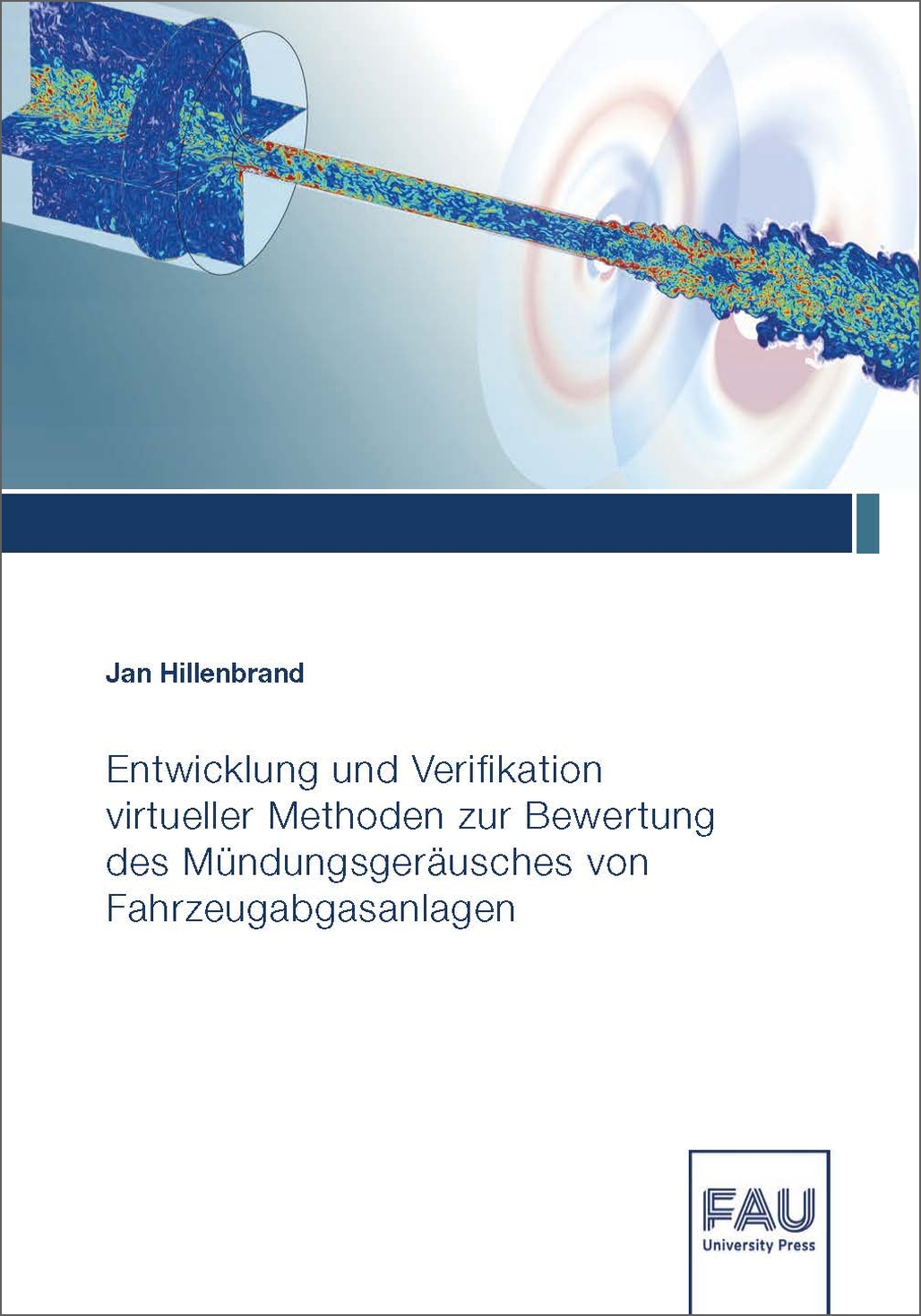Description
The simulative prediction of the tailpipe noise of automotive exhaust systems is an essential design tool to meet the manifold acoustic requirements in modern automotive acoustics development. A well-established methodological approach for this purpose is the one-dimensional nonlinear gas dynamics simulation in the time domain. While this method allows for fast simulations with low computational effort, due to the implied limited one-dimensional modelling of the flow processes, various restrictions in the prediction scope are also associated with it. Due to the continuously increasing acoustic requirements, both from the customer’s point of view as a psychoacoustic quality aspect as well as with regard to legal regulations, a considerable extension of the numerical prediction range is necessary for the future adequate and targeted development of the tailpipe noise. For the complete capture of the acoustic source mechanisms it is necessary to model the flow processes entirely in a three-dimensional context, including their turbulence information, and to derive the acoustic sources and their propagation out of the transient flow data. In the present work, this contiguous topic complex is elaborated by means of systematic experimental analyses of the fundamental flow and acoustic mechanisms and, with numerical investigations based on this, is gradually led to a suitable three-dimensional prediction method. For the differentiated investigation of the superimposed individual aeroacoustic mechanisms, which are underlying the formation process of the tailpipe noise, a geometrical and physical abstraction was carried out. Thereby three generic study models were defined: a straight pipe and two cylindrical expansion chambers, which differ in diameter. The models were impinged with two separate physical inlet boundary conditions in the form of a steady-state mass flow at different Mach numbers and a pulsating mass flow at different engine speeds. Thereby the analysis of the distinctive acoustic formation mechanisms as well as a gradually evaluation of a suitable numerical prediction method was enabled. In the experiment both the transient turbulent flow fields in the free jet downstream of the model orifices and the acoustics fields emitted from there were detected. For numerical modelling, flow simulations with hybrid DES and LES turbulence formulations were carried out using different numerical configurations and coupled with the Ffowcs Williams and Hawkings method to compute the acoustic signal.
On the basis of the experimental data of the straight pipe at steady-state mass flow it could be shown that the well-established similarity spectra of free jet acoustics also have validity for free jets in the low subsonic range based on a fully turbulent pipe flow. However, at each radiation angle a superpositioning of the two similarity spectra and thus of the two self-similar turbulent source mechanisms for approximation of the measured frequency spectra was always required. This contrasts with the literature results and could be identified as a property of the small Mach numbers examined in this work. With the associated simulations it could be shown that the DES model in standard configuration is not suitable for modelling a free jet based on a fully turbulent pipe flow. Due to a spatial delay in the formation of resolved turbulent fluctuations downstream of the model orifice, a behavior with similar characteristics of a laminar-turbulent transition resulted. Owing to strongly pronounced spatially coherent vortex structures, this led to acoustic superelevations at low and medium frequencies of up to +12 dB/Hz. This effect could be avoided by a numerical configuration in the form of an artificial reduction of the eddy viscosity in the free jet, whereby the acoustic superelevations were reduced by up to 9.8 dB/Hz. Further configurations showed that the shape of the radial turbulent flow profile at the orifice as well as the resolution of turbulent fluctuations in the boundary layer upstream of the orifice are decisive parameters for the correct acoustic prediction in medium and high frequency ranges. Finally, the overall most suitable method was the scale-resolving simulation of the internal pipe flow using WMLES and synthetic inlet turbulence. The complementary experimental studies on the models of the expansion chambers showed that despite identical inlet boundary conditions, considerable increased sound pressure levels occur in the tailpipe noise compared to the straight pipe. These could be attributed to tonal components conditioned by excited system resonances as well as to increased broadband proportions caused by raised turbulence levels. Thereby both effects showed a dependence on the chamber diameter. With the transfer of the WMLES method from the straight pipe to the large expansion chamber very good results were achieved both in the turbulent flow field as well as in the form of considerable increased acoustic excitation and its tonality. This verified the good predictive quality of this approach even for more complex geometries. With the second physical inlet boundary conditions in the form of the pulsating mass flow, the experimental results showed a strongly tonal pronounced tailpipe noise. Despite the lower mean Mach number, this showed a significant increase in the sound pressure levels compared to the steady-state mass flow and thus illustrated the considerable increased efficiency of a pulsating mass flow as an acoustic source mechanism that acts as a monopole source. In addition it could be shown that with increasing engine speed a redistribution of the acoustic excitation from main to secondary orders is accompanied, which could be attributed to a change in the frequency distribution of the flow-sided excitation energy. The simulation methodology of the WMLES model, verified in globally stationary boundary conditions, also yielded very good results at pulsating mass flow both in terms of increased sound level and in respect of tonality. Furthermore, the overall sound pressure levels had a very good or even an exact match with the experimental data. Overall, this numerical approach can therefore be stated as a suitable method for modelling all the basic aeroacoustic mechanisms of the tailpipe noise of automotive exhaust systems.


Reviews
There are no reviews yet.